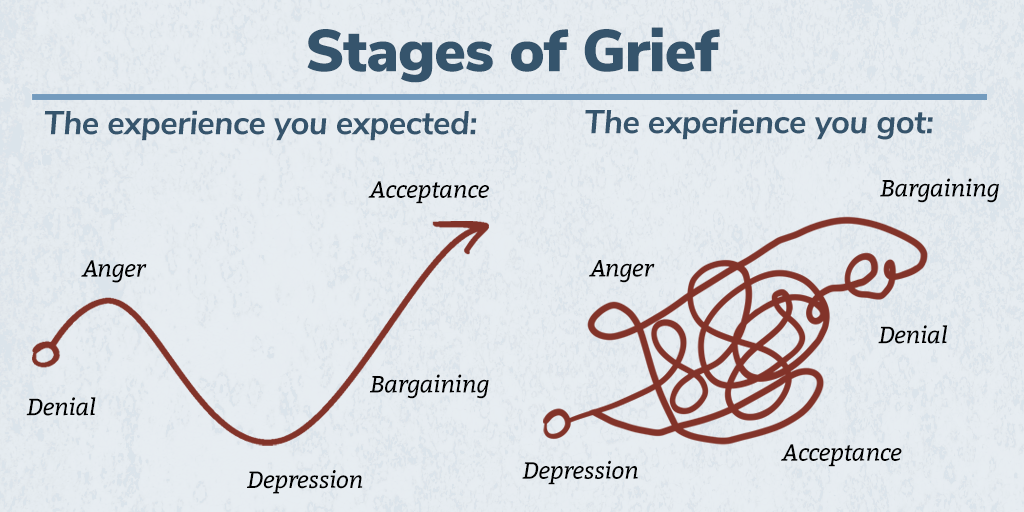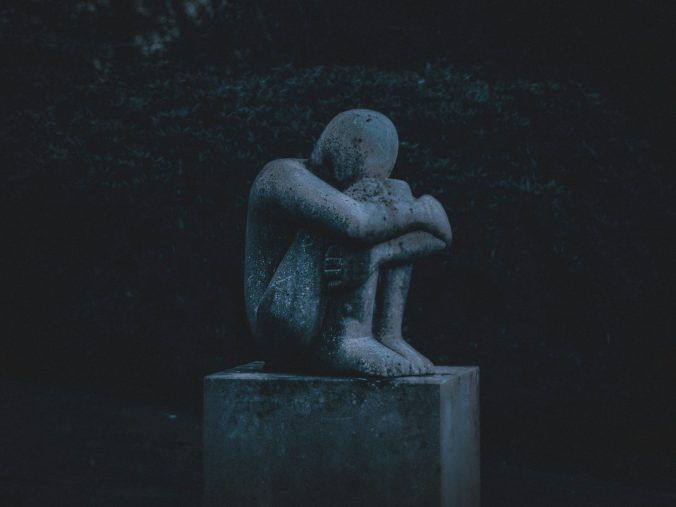I recently spoke at the Storymakers Conference, a writer’s conference sponsored by the Storymaker’s Guild. The class was The Reality of Grief and How it can Strengthen your Character and took a deep dive into certain aspects of grief. I was able to share a lot of great information that I feel you would find interesting as well, so I decided to do a series of posts on grief.
The first thing that needs to be established when talking about grief is to know what grief actually is. I’ve spoke before on here about my mental health diagnoses. At one point, I wondered if grief was another one we had yet to officially add to my list.
Diagnosis Disagreements
Not everyone agrees with certain mental health diagnoses. They feel they are just labels. That’s not necessarily true in my opinion, but they do have a point. Here are my thoughts on the matter.
According to the DSM-5TR (basically the bible of mental health diagnoses in the USA), grief is classified under a diagnosis of Prolonged Grief Disorder. The mental health community is not all in consensus regarding the changes made in the DSM-5 (hence the text revision version), and Prolonged Grief Disorder was one of the entries that caused disagreements.
Prolonged Grief Disorder specifically refers to death as the cause of grief. Grief doesn’t originate just from death. We’ll talk more about that in a future post. If the mental health community can’t agree on the conditions for a specific diagnosis, is the diagnosis actually applicable in the first place? Is the diagnosis just a label to add to a list of other mental health labels?
Is a Diagnosis a Label?
Labels are useful when they give you information about the subject in question. Think about a pile of flour and a pile of powdered sugar. Labels would certainly help when you are trying to bake a cake. You will know what substance you are dealing with and how to properly handle it. The same thing applies to a diagnosis. Knowing what you’re dealing with helps when seeking treatment.
When I thought about my own “list of labels”, I decided that I didn’t need to add grief to the list. I already knew I was dealing with grief, so having an official diagnosis wasn’t necessary for me. In this case, it would have been a label.
So What is Grief Then?
In my opinion, grief is a continuous state of being. There are stages to the grief process, however, those stages are not in the nice linear steps everyone thinks about.
Check out the diagram posted on a website called Speaking Grief.

Notice how the experience expected is nice and clean. It leads to an arrow pointing you out of the process and on to normal life as you knew it prior to the grief event. That is not the way it works.
On the right side of the diagram you see grief is a messy and sporadic process that never ends. No arrow points the way out. You may spend years in the acceptance stage only to suddenly move to the depression or anger sections of the experience for no rhyme or reason.
Grief is a state of being that affects everyone in a different but similar way. I’ve been dealing my major grief for 8 years now. Others have been through the process for much longer, but the experience remains a new state of being. A phoenix living its life to burn and rise again.

Leave a Reply